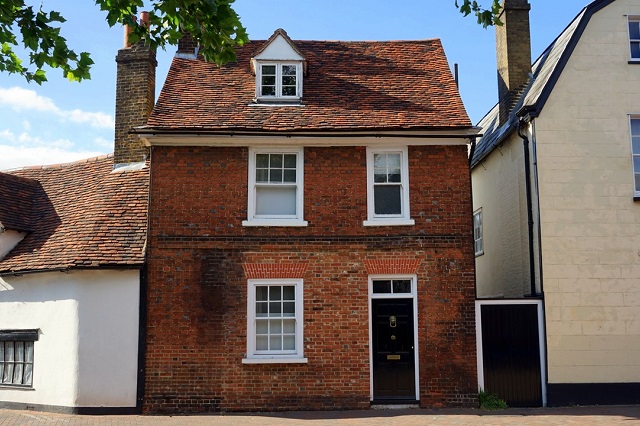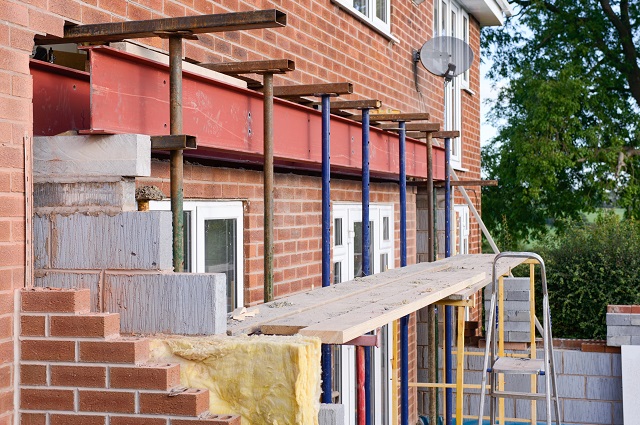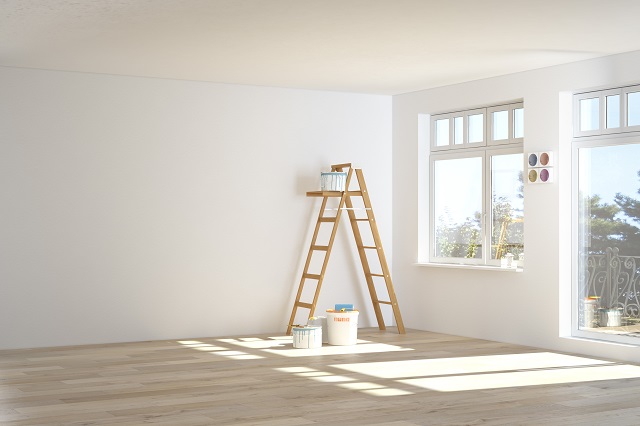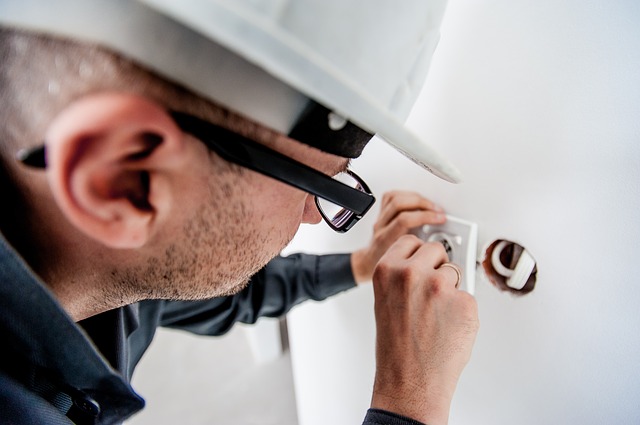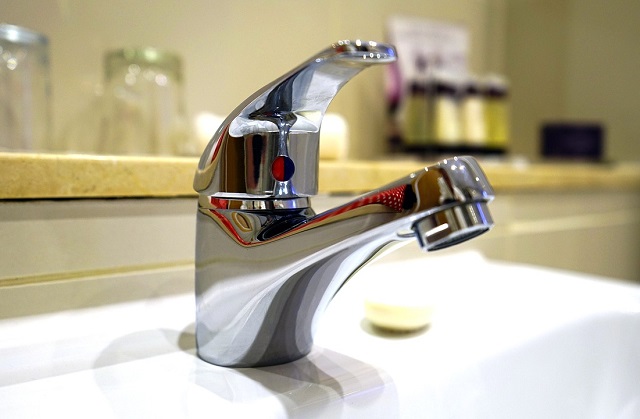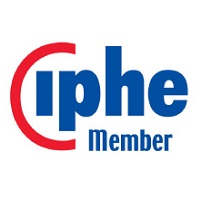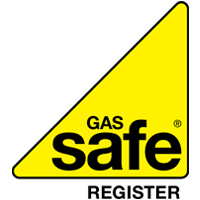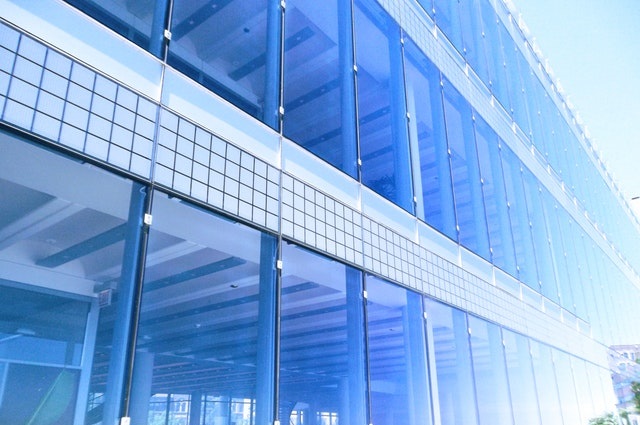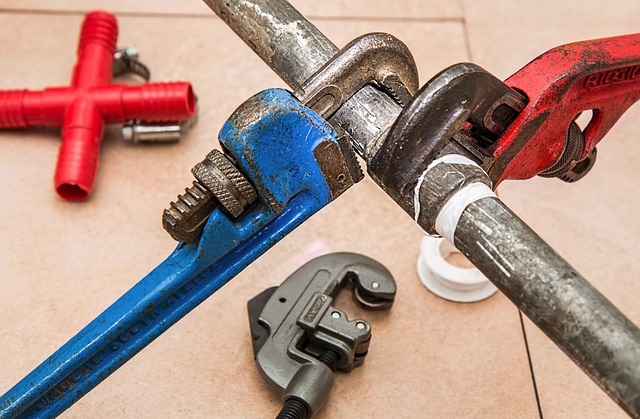Plastering
Plastering is a much underrated stage of home and office renovation. It is thought that any mistake of a plasterer can be concealed by a coat or two of paint. It can be true in very rare cases. Plastering affects the look and feel of the painted surface.
There are quite a few plasters, but two main types-gypsum based & cement based. The latter are used mainly for outdoors, generally for rendering. Gypsum based plasters are used indoors only – damp will attack a gypsum based plaster and cause it to crumble. Cement based plasters can be used indoors for areas that are susceptible to damp and areas that require a greater thickness of cover.
Painting
Painting is an important part of a renovation job. Painting is the final touch and must be done perfectly in order to protect the right look and feel. Painting is the most affordable way to improve the way a space looks, without more extensive renovation. There are many different paints available, but for the most part, they can be classified as water based and solvent based. Water based are faster drying, but have poorer flow properties. It is often possible to apply more than one coat a day, but brush marks are more difficult to eliminate. Oil based are slower drying, but have better flow properties. Generally, these will need to be left to dry overnight before applying further coats, but the marks left by your brush will tend to reduce as the paint levels out.
All carried by LRL’s qualified decorators who are members of the FMB (Federation of Master Builders).
- Wallpapering
- Painting
- Plastering
- Coving

